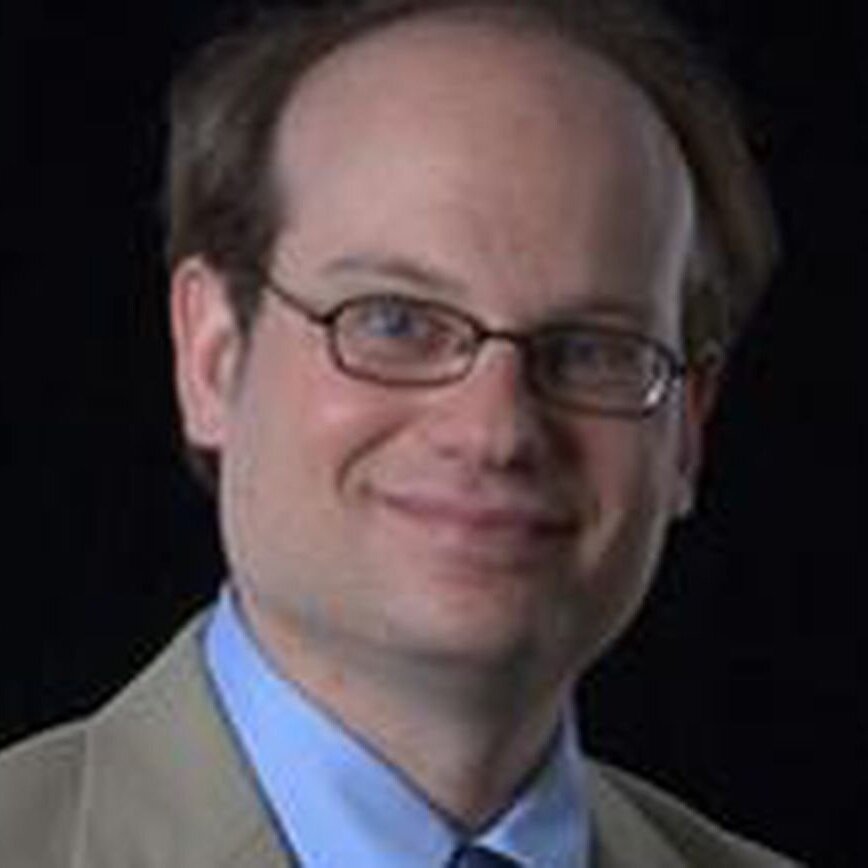Social enterprises aim to improve the world and earn revenue. Learn how a leading social enterprise achieves goals – and faces limits.
Jeremy Hockenstein co-founded Digital Divide Data (DDD) in 2001. DDD provides socially responsible outsourcing of information technology services. It has won a host of awards, including the prestigious Skoll Award for Social Entrepreneurship. Dr. Wendy Smith (University of Delaware) has studied DDD since its beginning. In this conversation, they describe how to balance social and financial goals – and what’s really required to solve the world’s biggest problems.
On the go? Listen to this podcast on Spotify or iTunes.
Edited excerpts are below.
What do social and financial goals look like at Digital Divide Data?
Jeremy Hockenstein: DDD is a nonprofit company or a social enterprise. We do information technology outsourcing as a stepping stone for disadvantaged youth. Concretely, DDD operates in Cambodia, Laos and Kenya. We recruit smart workers from poor families and we employ them in a four-year work-study program. So people are working 36 hours a week in our offices doing work for clients around the world, earning a salary. And then we give them loans and scholarships to go to university.
We measure success of our social mission by what happens to our employees after they graduate from DDD – we look at effect on salaries, among other metrics. On a financial basis, it’s about whether we are running a profitable company.
How successful has DDD been in reaching its goals?
Jeremy: You could say we’ve been terribly unsuccessful at both of them, or perhaps modestly successful at both of them. On the social side of things, we have had over 3000 youth graduated, with an eight-fold increase in lifetime earnings. And I like numbers as much as anybody. But I say, if you just look at a new employee when they come in the door the first day and see them when they walk out the door the last day, you can just see the kind of transformation in terms of self-confidence.
But you could also say: There are tens of millions of youth in the developing world who need opportunities and we employ 3000. The need is huge.
In terms of financial goals— we’re still here. We’ve succeeded in pretty difficult countries. We have $6.5 million of earned revenue a year, we break even plus or minus a few $100,000, and then we raise about a million dollars for the scholarships.
People have to be realistic in terms of in terms of what kind of financial returns are practical. This isn’t something venture capitalists are going to invest in. The idea that you can get market returns while also having deep social impact is flawed in a lot of cases.
One of our early funders was a hedge fund person. Once we were successful, he said, “Why aren’t you being bought by Accenture? Why isn’t this hugely profitable?” The markets can be working but you still have to balance between a certain amount of social impact and a certain amount of financial return.
Wendy Smith: If you compare DDD to other social enterprises, DDD has been so successful in sustaining as a social enterprise. What we typically see in the social enterprise world is that it’s hard to navigate the ongoing tension between social and financial goals. Lots of organizations are started by idealistic social entrepreneurs who want to achieve a mission and somehow forget that they have to make money. Many of them fail financially.
Or we see a whole lot of organizations get so swept up in trying to achieve the financial bottom line that they lose any sense of the mission. Muhammad Yunus, the founder of microcredit, wrote a piece saying that microcredit has gone to mega credit and lost the mission.
So a social enterprise is successful when it’s managing to keep working toward the social and financial goals?
Wendy: Yes. What we find is that great leaders who are really able to navigate these tensions are constantly shifting left and right, in this sort of ongoing sort of decision making between the social and the financial. Sometimes one is taking priority, sometimes the other, and you’re kind of navigating both at all times. In the long term, it’s a big win win. In the moment, it feels like a lot of tradeoffs.
Jeremy: There’s a book I like called The Opposable Mind, around holding up competing ideas at the same time. You have to be able to keep both goals in mind at the same time. As Wendy said, it’s about tweaking the direction, staying on the path.
That’s hard for some people. Someone might say “If we don’t increase benefits, that undermines the total enterprise and we’re not doing something really meaningful here.”
Wendy: I think of the Timberland CEO, who had a “not yet” approach. He said, “We’re working toward these goals, we’re working toward these missions.” You’ve got to keep both in mind at all points and you can’t be extremist on either side.
How do you help employees manage the two types of goals?
Jeremy: With the senior management team, the idea of managing across business and social is pretty easy. At other layers of the organization, we found people need more clarity. They wanted to know, are they supposed to earn as much as they can on a project, or are there reasons not to do that? So we provide a framework around specific goals, particularly financial ones.
When different people come to work, they focus on different things. We have the accounting and finance team that monitors financial performance. And we have a social impact team who track the metrics of employees going to school, graduating, what salaries people are earning. But it comes together in the sense that everyone’s driven by the same shared goal at the end of the day.
What’s the role of business in solving big social challenges going forward?
Wendy: I have the hopeful possibility that business doesn’t have to be so aggressive, self-motivated, bottom-line oriented — that we can create a future where capitalism is more patient. The irony is that as we look back historically, business really was started to help people. Cooperatives banded people together so that they could improve the quality of their lives.
Also, social entrepreneurship is not for the faint of heart. Navigating this tension is not easy. But then, life is not meant to be easy, and there’s good resources or support to make it work. There are increased conversations and communities building around these ideas.
Jeremy: The last 30 years of business have really been about shareholder value. I think we’re now coming to a period where people are seeing that, surprise! There are multiple stakeholders, multiple tradeoffs. I think those of us in the social enterprise world now have insights for the for-profit world.
We always heard, “Oh, if only the intelligent, competent managers from the for-profit sector came to the nonprofit sector, they’d revolutionize it.” It turns out there’s a reason what we’re doing has been tough. There’s just much more challenge around resources and having to balance those goals.
The book Winners Take All questions the idea of the market bringing social good, asking about the limits and strengths of market-driven approaches. I’d like to see a conversation about that: where on the spectrum are the right kind of societal approaches?
What’s been great about working in the area of social enterprise — as entrepreneur and as researcher?
Jeremy: For me, it has been increasingly satisfying to feel so interconnected. Those of us who are fortunate to have been born in places where we didn’t have to worry about a roof on our head are able to work in real partnership together with very talented people who’ve grown up in very different circumstances.
Literally one day I am with one of our funders, who has a billion dollars plus, and 48 hours later, I am with our employees, visiting someone’s home in Kibera, the informal community settlement in Nairobi, with a tin roof at best. And then that person comes to work in our office in a professional environment and does work for Fortune 500 companies on the other side of the world .
Wendy: It’s satisfying to be able to take these ideas and inspire other people to go and do something with them. I have students saying to me, “Can I please talk to Jeremy? This is what I want to do with the rest of my life.” To take these stories and share them broadly is, I think, an important piece of work.



Add a Comment
This site uses User Verification plugin to reduce spam. See how your comment data is processed.This site uses User Verification plugin to reduce spam. See how your comment data is processed.